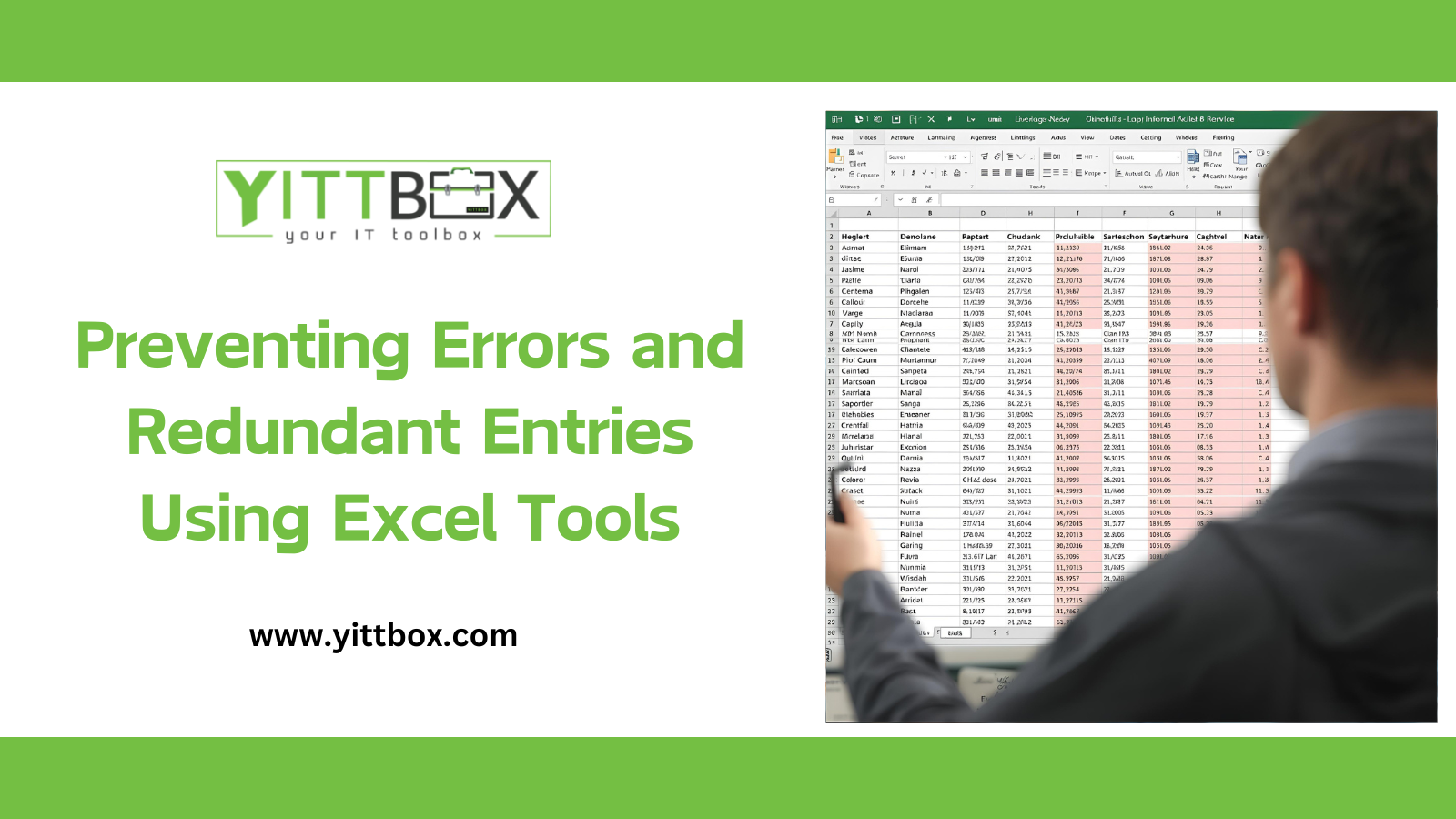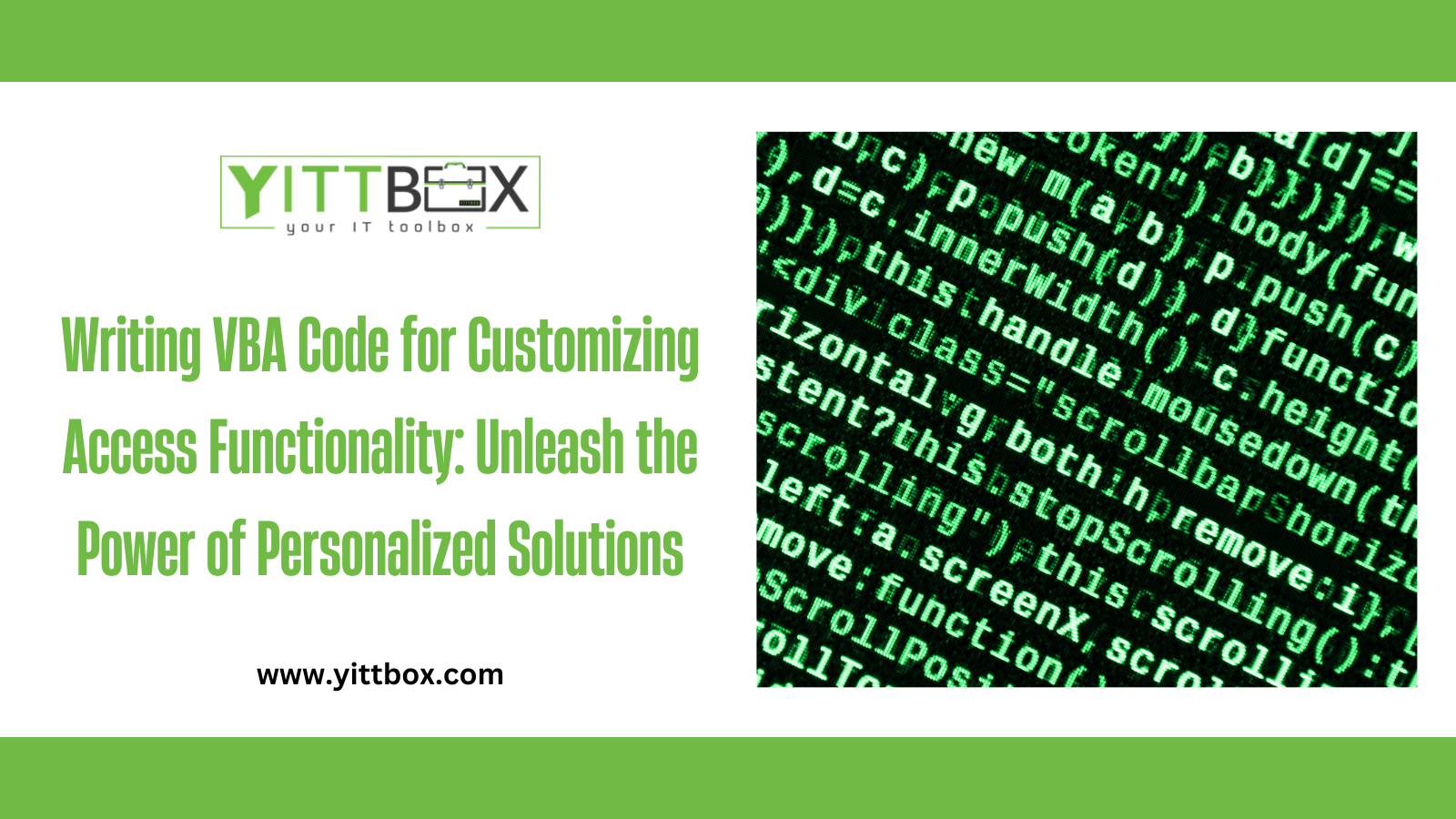Preventing Errors and Redundant Entries Using Excel Tools
Even small mistakes in Excel can create big headaches. A duplicate entry in your client list or a typo in a sales report can cascade into wrong decisions, wasted time, and frustrated teams. The good news is Excel has powerful tools that help keep your data clean and reliable. When used correctly, they prevent errors, reduce redundancy, and make your spreadsheets trustworthy.
Data Validation: Keep Mistakes from Happening
The simplest way to avoid errors is to stop them before they happen. Excel’s Data Validation lets you set rules for what can be entered in each cell. Want to make sure a quantity column only accepts numbers? Done. Need a dropdown menu for project codes or client names? Easy. These small rules make a big difference, keeping your team on the same page and your data consistent.
Conditional Formatting: See Problems Instantly
Sometimes errors sneak in anyway. Conditional Formatting is a lifesaver here. You can set Excel to highlight duplicates, missing values, or anything outside expected ranges. A duplicate email address in a client list? It pops. Negative stock numbers in your inventory? Instantly visible. This visual feedback makes spotting and fixing errors quick, without combing through endless rows of data.
Remove Duplicates: Clean Up Quickly
Duplicate entries are frustrating and can silently ruin your reports. Excel’s “Remove Duplicates” feature scans your sheet and cleans repeated entries based on specific columns. Whether it’s a customer database, product list, or employee roster, this tool keeps your data tidy and actionable. A clean dataset not only improves analysis but also boosts confidence in the numbers you’re working with.
Power Query: Automate the Heavy Lifting
When dealing with large or messy datasets, Power Query is a game-changer. It allows you to pull in data from multiple sources, clean it automatically, and merge it without manual work. You can remove duplicates, fix formatting, merge tables, and even detect errors—all with a few clicks. Once set up, these steps refresh automatically as new data comes in, saving hours of repetitive cleanup and keeping your sheets error-free.
Formulas & Cross-Checks: Double-Check Your Work
Formulas like IFERROR, COUNTIF, and XLOOKUP act as safety nets. They can spot inconsistencies, flag duplicates, and prevent calculations from breaking. For example, COUNTIF can show if something appears twice in a column, while IFERROR ensures a formula doesn’t stop working if a value is missing. Combining these checks with regular cross-verification makes your data highly reliable.
Collaboration & Version Control: Stay in Sync
When multiple people work on a file, mistakes can multiply. Excel for Web, OneDrive, and SharePoint ensure everyone works on the same version, tracks changes, and avoids accidental overwrites. Coupled with protected sheets and locked ranges, these features make collaboration safe, organized, and mistake-proof.
Conclusion:
Clean, error-free spreadsheets are more than a convenience, they’re essential for making decisions you can trust. By using Data Validation, Conditional Formatting, Remove Duplicates, Power Query, and smart formulas, you create a system that keeps mistakes at bay. Reliable data saves time, reduces stress, and ensures your team can focus on insights, not firefighting errors. Investing in these practices today builds efficiency and confidence for every decision tomorrow.







